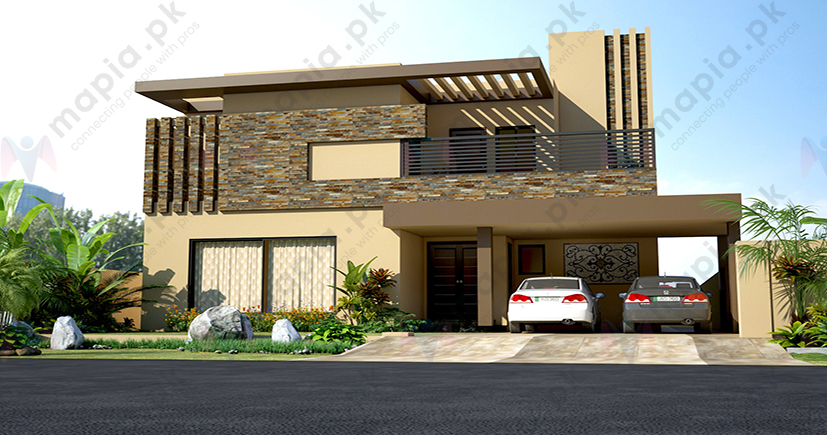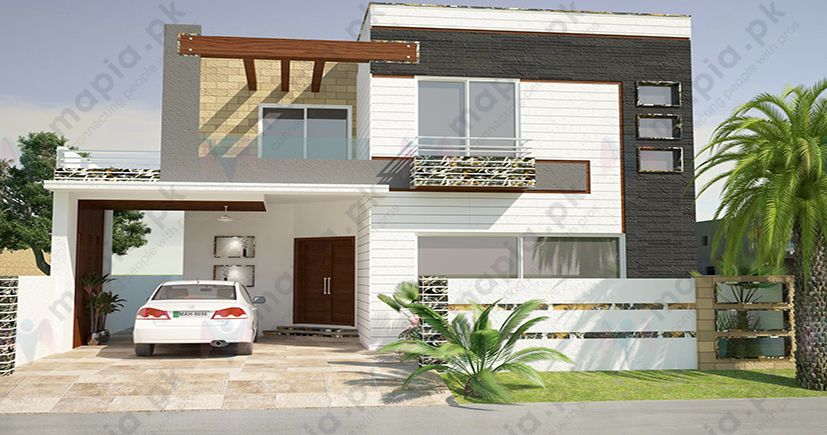Strategies for Successful Planning: Lessons from Architecture and Design
Successful planning is essential in both architecture and everyday life. By examining the strategies used in architecture and design, we can gain valuable insights into how to achieve desired outcomes in various areas.
Comprehensive Research and Analysis
Architects begin with thorough research and analysis, considering environmental, social, and economic factors. This holistic approach ensures that all potential influences and challenges are understood, allowing for more informed decision-making. Similarly, in life, gathering comprehensive information before making decisions can lead to better outcomes and reduced risks.
Clear Vision and Goal Setting
Having a clear vision and specific goals is crucial. Architects define the purpose and functionality of a building before it is even designed. Just as players in gaming establishments see a way to have fun, such as at Nine Casino Italy. This clarity guides all subsequent decisions and helps focus on the desired outcome. In personal and professional life, setting clear goals provides direction and motivation for progress.
Flexibility and Adaptability
Architectural projects often encounter unexpected challenges, such as budget constraints or material shortages. Flexibility and adaptability are key to overcoming these obstacles. The ability to adjust plans without compromising the overall vision is essential. In broader applications, being open to change and willing to adapt strategies can enhance resilience and lead to success.
Collaboration and Communication
Effective collaboration and communication are vital in architecture, where projects typically involve diverse teams, including engineers, designers, and clients. Clear communication ensures that all parties understand the goals, expectations, and constraints. This principle applies to teamwork in any context, emphasizing the importance of transparency and mutual understanding.
Sustainable and Long-Term Thinking
Sustainability is increasingly prioritized in architecture, focusing on energy efficiency and environmental impact. This long-term thinking extends to other areas, encouraging decisions that consider future implications and benefits. Adopting a sustainable approach in planning can lead to more resilient and enduring outcomes.
Conclusion
The principles of successful planning in architecture—comprehensive research, clear vision, adaptability, collaboration, and sustainability—offer valuable lessons for various life areas. By applying these strategies, individuals and organizations can navigate challenges more effectively and achieve their goals more consistently.





